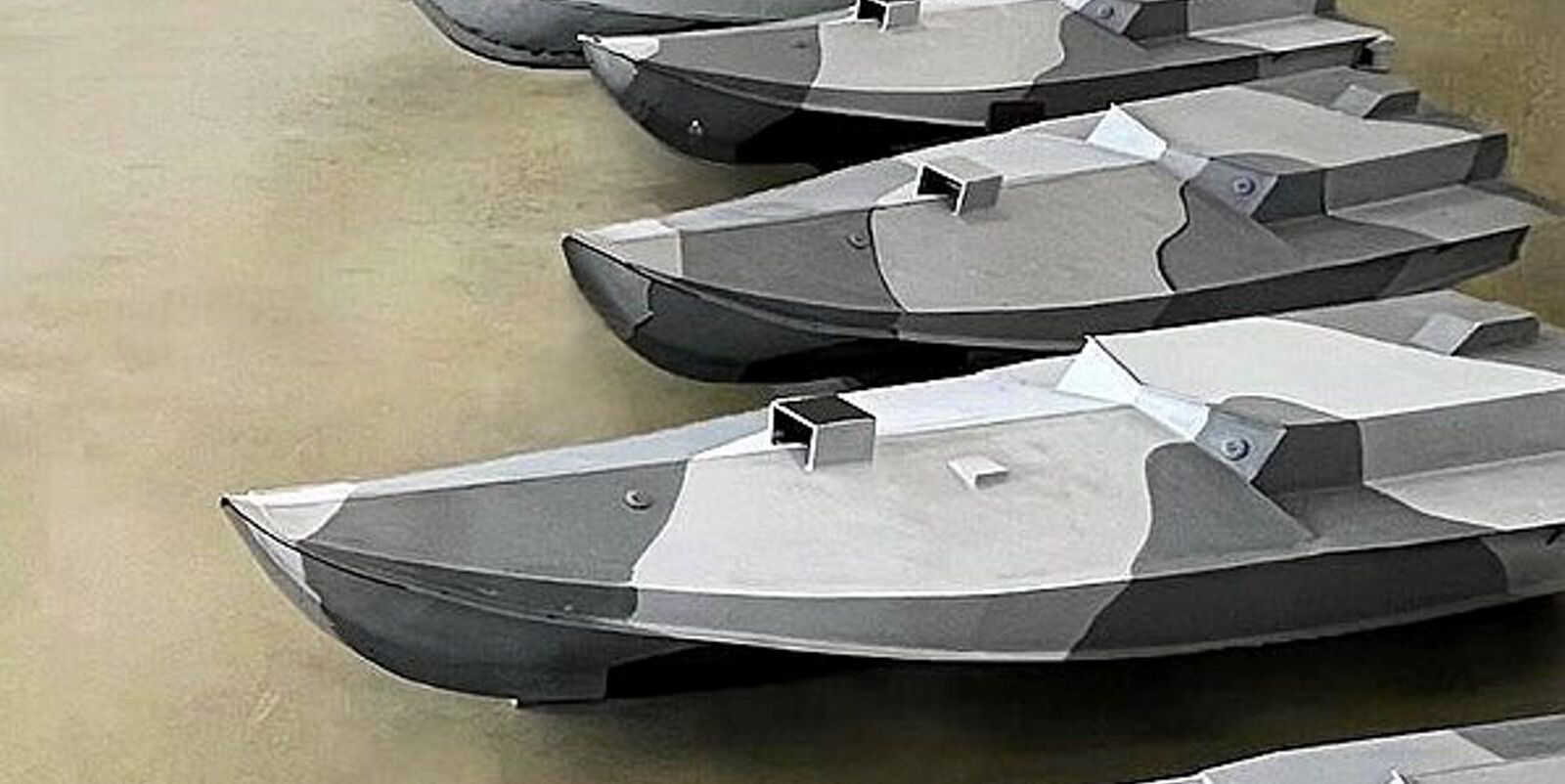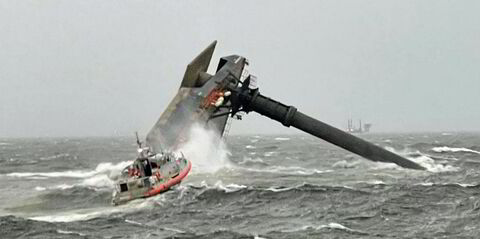Too many old-aged capesize bulkers will be competing for cargo in both high and low-risk trades in the years ahead, which could stimulate cross-trading in the kamsarmax market and scrapping.
That is according to new research by shipbroking group SSY, which highlighted the dilemma of the ageing capesize fleet.
The average capesize is 11 years old as of this year, compared with nine years old in 2021.
West Africa trades — particularly bauxite — are an increasingly important part of the capesize cargo mix, especially for older vessels.
Capesizes over 18 years of age are currently fixed at a discount and are not age-restricted from the trade like they are in Australia, Brazil and North America.
But SSY expects the number of old-age capesizes competing for cargo on the trade will soon become unsustainable.
Data cited by SSY shows around 40% of capesizes loading in Guinea are aged 15 years or over.
SSY research analyst Cara Hatton wrote in a report: “However, with the incoming jump in ‘overage’ vessels, the ability of West African trades to absorb this capacity will depend both on maintaining high growth rates for bauxite exports and the vessel age policy of charterers in the Simandou consortium once iron ore exports begin ramping up from 2025 onwards.
“Otherwise, older capes may have to compete for limited cargoes, cannibalise the kamsarmax trades, or finally be scrapped.”
Guinea’s $15bn Simandou iron ore mining project is expected to employ up to 170 capesizes annually by 2028, when it reaches full capacity.
Meanwhile, capesize scrapping activity remains low and slow.
The average age of scrapped capesize vessels over the past five years has been 23 years, according to SSY’s research.
Major Australian iron ore charterers typically impose a maximum age of 15 or 18 years on the capesizes they book.
Brazil requires additional certification for vessels aged 18+ and shippers in North America have similar age restrictions for chartered vessels.
High-risk trades
West Africa is the last remaining low-risk demand centre for old-age capesizes.
There has been plenty of employment for older tonnage on high-risk trades from Russia and Ukraine since the outbreak of war in February 2022.
“However, with these trades potentially declining and more cape[size]s due to fall into this older age bracket, as the vessels delivered during the post-2008 newbuilding boom turn 15, these vessels may be competing for less cargo,” Hatton wrote.
The average age of vessels employed in Russia and Ukraine trades has risen from 11 years old in 2021 to 18 in this year, according to data cited by SSY.
But overall coal exports from Russia fell 12% during the first eight months of this year, compared to the same period last year.
Shipments from Atlantic coast ports have fallen more than those from the Pacific, pushing down tonne-mile demand across the board for capesizes.
These shorter-haul trading patterns mean that the proportion of Russian coal trade carried onboard capesizes has fallen from 20% in 2022 to 15% this year, SSY said.
Ukrainian iron ore volumes have not recovered back to their pre-war level and may drop further.
“The recent drop in the iron ore price comes amid Ukraine facing increasing energy costs as Russia destroys its infrastructure, and the country relies on purchasing EU energy at an elevated price,” Hatton wrote.
“These cost pressures add to existing higher freight rates as Ukraine-China voyages require both a Ukraine and Suez Canal war-risk premium.”






